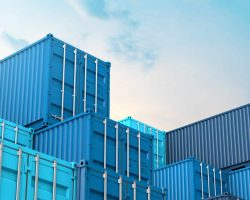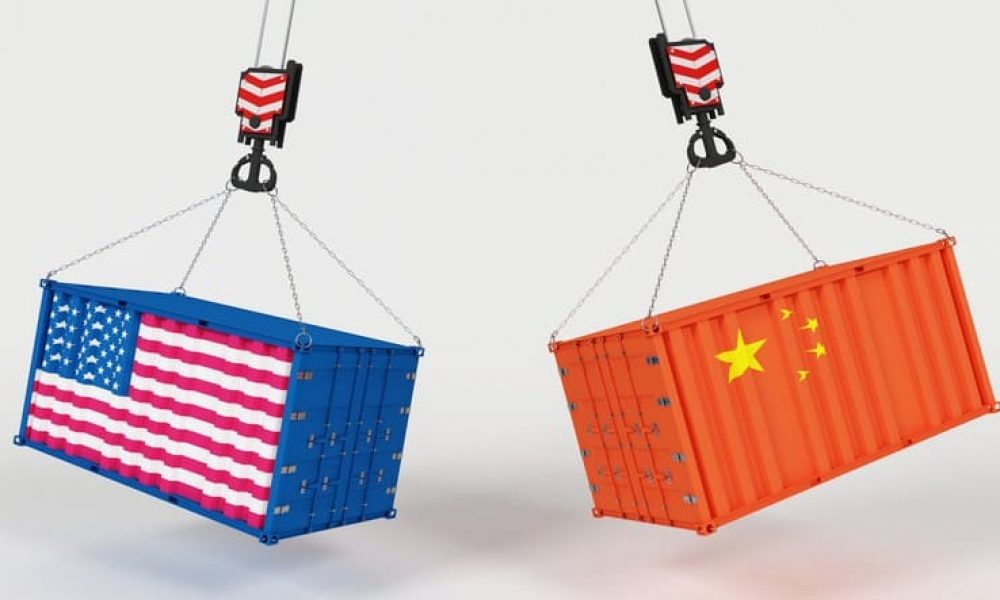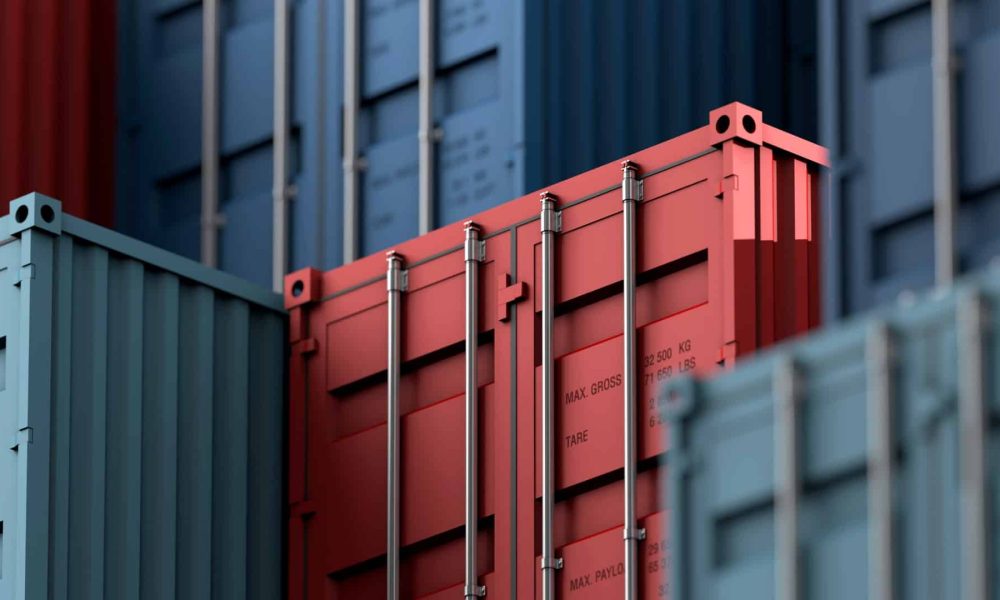The global ocean freight trade is experiencing significant difficulties due to two main factors: escalating geopolitical tensions and concerns about climate change. These problems are affecting the transportation of goods through critical shipping lanes worldwide, which have significant economic consequences.
Geopolitical Tensions Impacting the Suez Canal
The Suez Canal is the shortest shipping route between Europe and Asia, facilitating the transit of about 15% of global shipping traffic. However, due to the geopolitical tensions and attacks by Yemen’s Houthi rebels that support Hamas in the conflict with Israel, carriers are now avoiding the Red Sea and the Suez Canal. This has led to a significant disruption in the shipping industry, as carriers are rerouting their ships around the African Cape of Good Hope, extending the travel time by over two weeks compared to the Suez shortcut.
Climate Change Concerns and the Panama Canal
The Panama Canal, responsible for handling more than 40% of all US container traffic, has recently reduced its capacity due to climate change concerns. The reduction is a measure taken to preserve water levels in the canal. As a result, cargo transit faces delays and extended lead times, which could potentially cause port congestion.
Economic Ramifications and Industry Response
The transportation industry has been facing several disruptions lately, which have led carriers to adopt various strategies to maintain schedule integrity. These strategies include increasing speed, adding more vessels, and changing service rotations to prioritize larger ports. Despite these efforts, freight analysts expect that rates will remain high due to the ongoing challenges. The diversion of vessels and increased port congestion are contributing to equipment shortages at major ports, particularly in China. There are also expectations that this issue will spread to more loading ports in the near future.
Market Dynamics and Future Outlook
Many experts in the industry believe that the current disruptions will not have as severe an impact as the global pandemic. This is because consumer spending has decreased, and there are more available container ships. However, shipment rates from Asia to North America’s West Coast are increasing rapidly, and carriers are also experiencing upward trends in transatlantic routes. This has led to significant General Rate Increases (GRIs) being announced by carriers.
Labour Disruptions: An Additional Concern
In addition to the problems with the canal, the possibility of labour strikes by dockworker unions in terminals along the US East Coast and Gulf Coast, as well as at the port of Montreal, is causing concern for the industry. These potential disruptions could impact freight movement decisions, especially as importers seek to secure space and reduce disruptions before the peak shipping season of 2024.
Conclusion
Worldwide, the ocean freight industry faces a complex situation, with geopolitical tensions and concerns over climate change. The blockages in the Suez and Panama Canals, along with possible labour strikes, are dramatically affecting the global flow of cargo and freight rates. While the industry is working to adapt to these challenges, stakeholders are closely monitoring the situation to minimize any impact and ensure the smooth functioning of global supply chains.



















